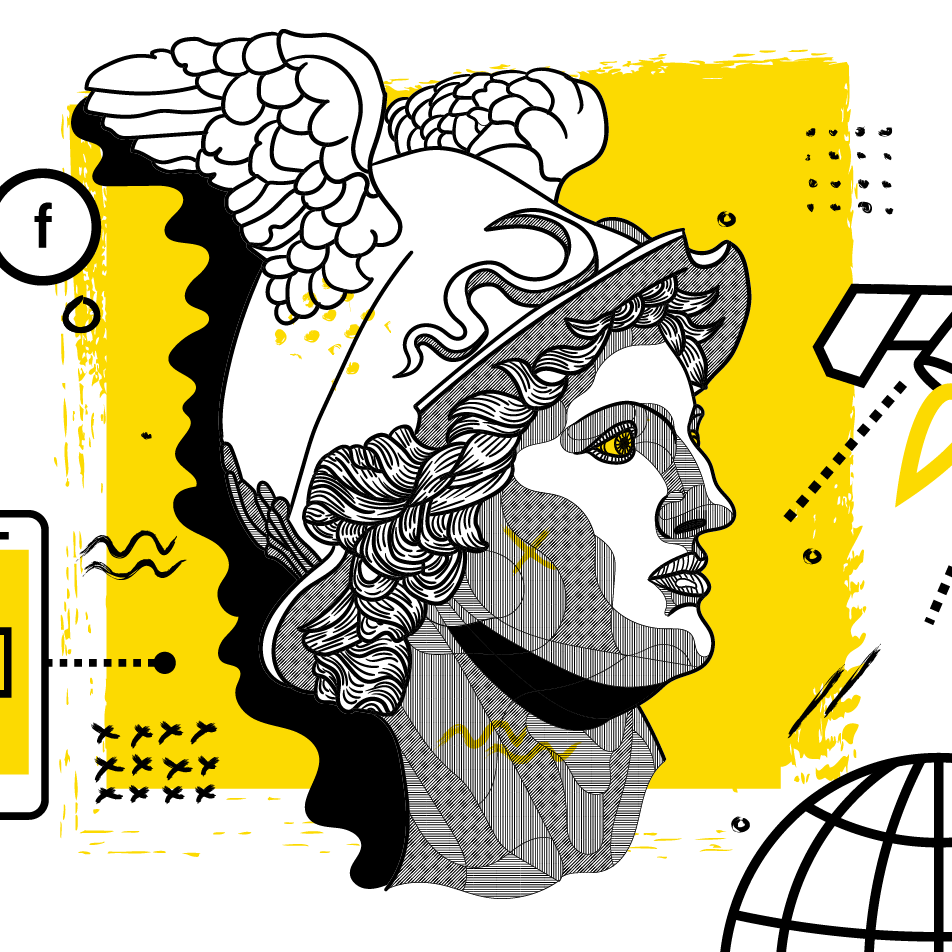We grow by sharing our experience, knowledge and expertise/

Elevating CX through digital transformation
It is intuitively accepted and research backed up, that the satisfaction of a customer as a result of the experience with a brand, leads to higher spending, deeper loyalty, lower costs on customer retention and acquisition and higher levels of employee engagement.
In the ever competitive 21st-century world market, almost every business now recognizes the impact of customer experience. Far from what was applicable in the not too distant past, where the emphasis was placed only on the efficiency of product/services, today, the business of customer experience is, without doubt, an essential consideration for companies looking to boost their competitive advantage.
But what is CX [Customer eXperience] anyways?
Customer experience is a sum of all experiences a customer has when interacting with a company and a brand. Customer experience includes a lot of elements within spheres of advertising, branding, sales, customer service and customer support. It is about the messages we send out, the products we put on the market, the way we sell and what takes place after that, how we work together as team, the way the management leads.
Everything is connected
The fact that we live in a digitally connected world should be an overstatement. The reality is however, that the way we strategize and implement for our businesses tends to overlook that fact. There is no online and offline world. There is one world that is connected all the time. Hence, customer experiences are connected and should be able to fuse and fuel interactions in a seamless way.
What does it take?
The end game is to be able to communicate and interact with our customers in a way that the “whole” of those experiences is greater than the sum of all those experiences, to paraphrase the Aristotelian quote.
To do so, we will need to learn, understand and act in a unified way across the company.
For most companies this quest is one that mandates, rapid innovation adoption, implementation of dynamic strategies, and sometimes complete overhauls of long standing company policies and organizational culture. Bundled together these seemingly scalable fragments of the business’s digital transformation agenda become a difficult task that is often too complex and cost intensive to orchestrate natively. In the end, the likely scenario that plays out is one where such businesses succumb to their limitations or in the case where they are financially buoyant; outsource the task to third party consultants – which from experience are more of talk-the-talk than walk-the-walk.
The Henry Ford way
‘Nothing is particularly hard if you divide it to small jobs’ – Henry Ford.
Indeed very few challenges retain their intimidating appearance when split into smaller bits - the business of improving customer experience is no exception. Categorizing the singular challenge of orchestrating a business’s digital transformation into smaller, simpler and more scalable projects significantly downsizes its perceived complexity. Not only are these sizeable projects easier to undertake in terms of planning they are also cheaper to fund and more convenient to manage. As an added advantage lighter scalable projects mean businesses don’t have to go out of their means and convenience – often times, just a slight modification of standing company schedules and budget is enough to accommodate the excesses of implementation.
Strategic implementation of these project bits, like pieces of a jigsaw puzzle, will in step wise manner build-up the company’s goal of total digital transformation and by extension improve the overall outlook of customer experience. All that is required is a crystal clear inventory of the aims, objectives, and ambition of the company backed-up by a detailed schema of how it plans to achieve these set goals.
It is, however, pertinent to note that for strategic Implementation to be indeed ‘strategic,' it has to be orchestrated by industry veterans, well-versed with the rudiments of project planning and execution as it relates to digital communication transformation.
Choosing a digital agency that makes change happen
Base Element is a digital agency where innovation, functionality, value and experience come together to help you get geared up to deliver CX with your customer always at the center of all interactions. We set the bar higher so that your digital transformation follows CX principles, allows for analysis of your performance, and adds value to your products and services.
See how Base Element made change happen at METRO and FirePro




